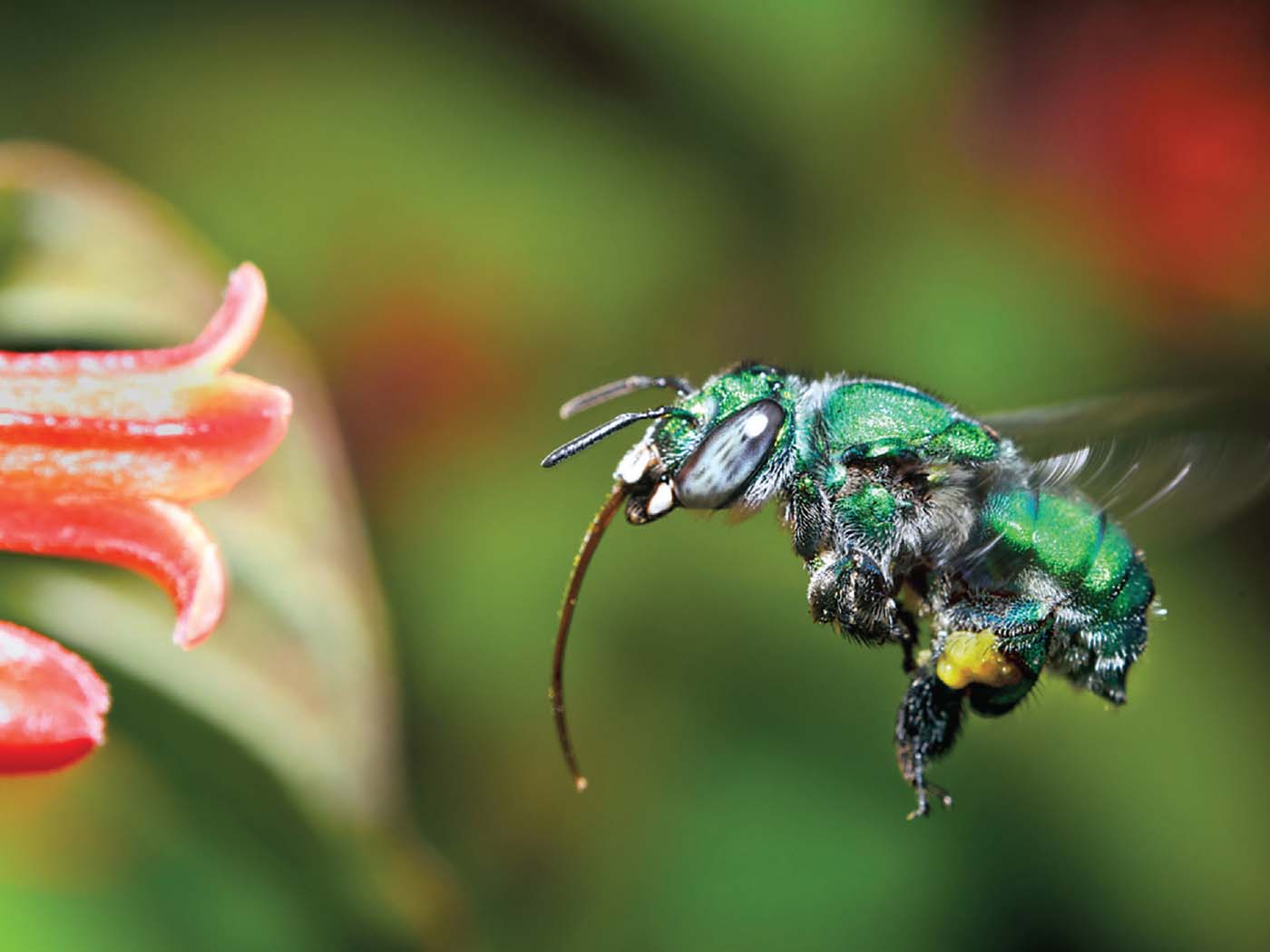“I will lift up mine eyes unto the hills, from whence cometh my help” (Psalm 121:1).
This oft-quoted verse seems to contradict many other verses in Scripture: “Truly in vain is salvation hoped for from the hills, and from the multitude of mountains: truly in the LORD our God is the salvation of Israel” (Jeremiah 3:23).
In fact, a common error of paganism was to seek salvation and the favor of the “gods” by going to “high places” where, ostensibly, they could commune with spirits in the heavens. Such practices, of course, were vigorously rebuked by God. He commanded the Israelites, as they entered the promised land: “Ye shall utterly destroy all the places, wherein the nations which ye shall possess served their gods, upon the high mountains, and upon the hills, and under every green tree” (Deuteronomy 12:2).
Thus, the last half of our text above should best be regarded as a sort of rhetorical question: “From whence cometh my help?” (In the original language, the context determines when a statement is a question.) The wonderful answer then immediately follows: “My help cometh from the LORD, which made heaven and earth” (Psalm 121:2).
No object or system in the natural world, regardless of how beautiful or magnificent, can provide help in time of spiritual need. But “we may boldly say, The Lord is my helper” (Hebrews 13:6), for “God is our refuge and strength, a very present help in trouble” (Psalm 46:1).
He alone is the Creator of all things in heaven and earth, whereas the hills and mountains of the present world are merely the remnants of the destructive phenomena of the great Flood (Psalm 104:6–9). All such things are powerless to save, and eventually will “vanish away” (Isaiah 51:6). But “our help is in the name of the LORD, who made heaven and earth” (Psalm 124:8). HMM

















